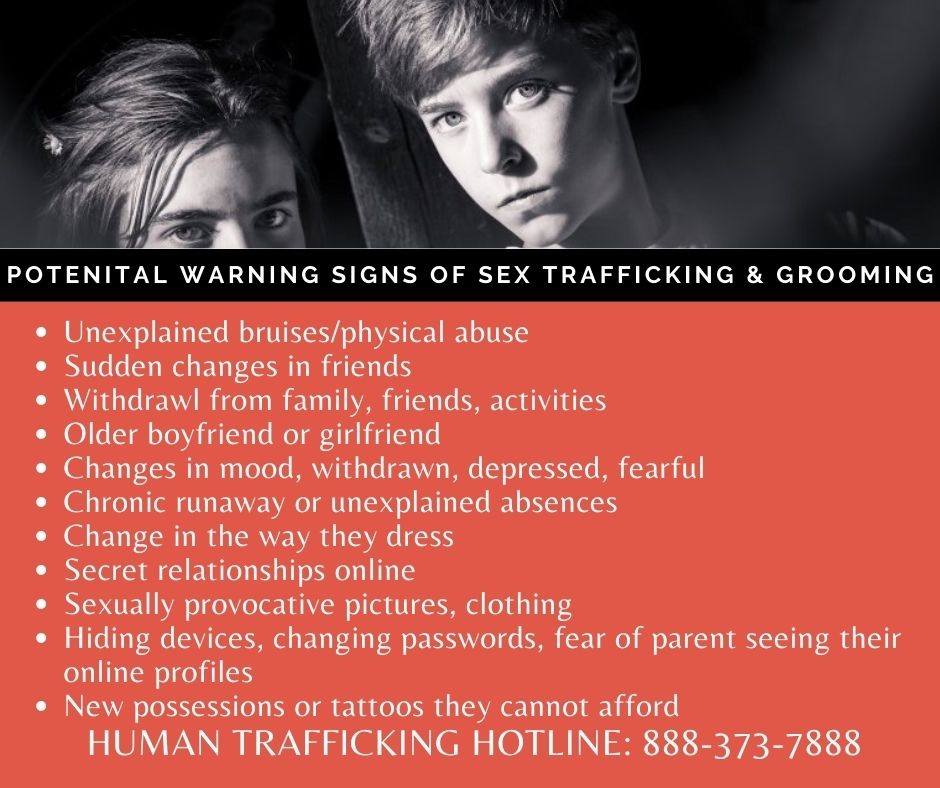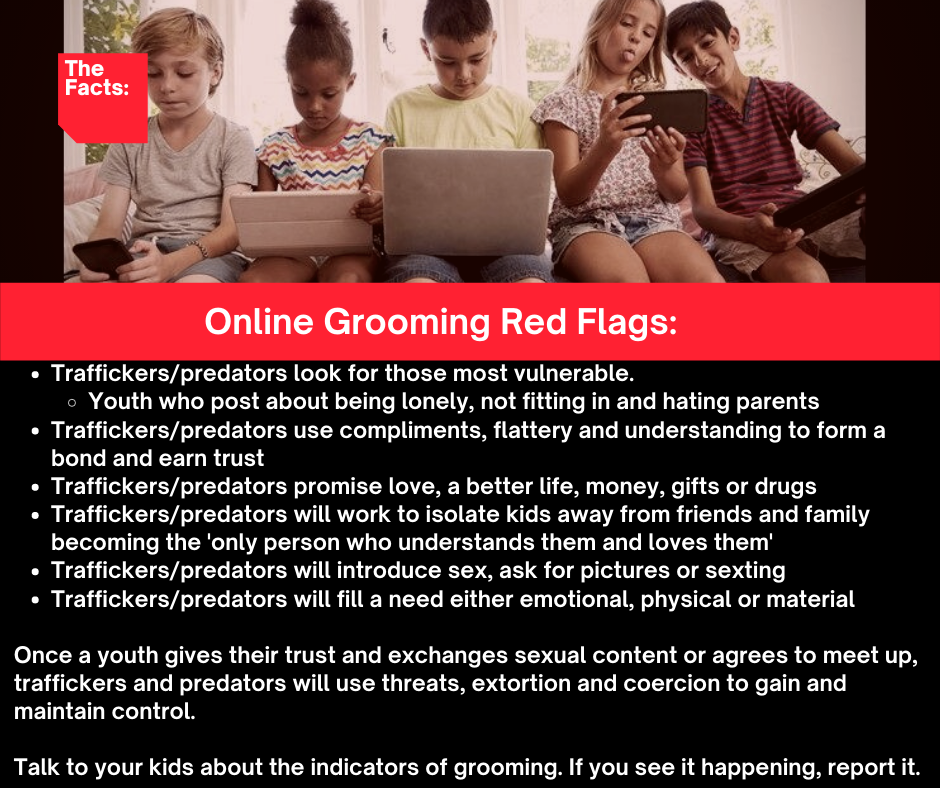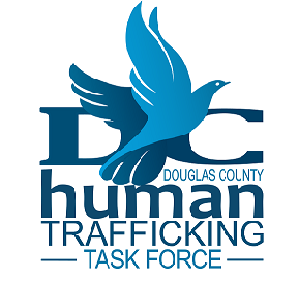Red Flags For Sex Trafficking
Report Human Trafficking
Call 911 in an emergency. To report human trafficking or for information or resources, call the National Human Trafficking Hotline at 1-888-373-7888, or text “Help” or “Info” to 233722.
Anyone can experience trafficking in any community, just as anyone can be the victim of any kind of crime. While it can happen to anyone, evidence suggests that people of color and LGBTQ+ people are more likely to experience trafficking than other demographic groups. Generational trauma, historic oppression, discrimination, and other societal factors and inequities create community-wide vulnerabilities. Traffickers recognize and take advantage of people who are vulnerable.
Recognizing the signs that someone might be trafficked is an important way you can help address trafficking. Below are signs or red flags that indicate that you might be encountering a trafficking victim.
- Person seems overly fearful, submissive, tense, or paranoid.
- Person is deferring to another person before giving information.
- Person has physical injuries or branding such as name tattoos on face or chest, tattoos about money and sex, or pimp phrases.
- Clothing is inappropriately sexual or inappropriate for weather.
- Minor is unaccompanied at night or falters in giving an explanation of who they are with and what they are doing.
- Identification documents are held by another.
- Person works long or excessive hours or is always available “on demand.”
- Overly sexual for age or situation.
- Multiple phones or social media accounts.
- Signs of unusual wealth without explanation—new jewelry, shoes, phones without any known form of income.
- Person lives in a “massage” business or is not free to come and go.
Online Grooming and Sextortion
What is Online Grooming?
Online grooming is where someone befriends a child online and builds up their trust with the intention of exploiting them and causing them harm. Harm caused by grooming can be sexual abuse, both in person and online, and exploitation to obtain sexually explicit images and videos of the child.

What is Sextortion?
Sextortion describes a crime that happens online when an adult convinces a person who is younger than 18 to share sexual pictures or perform sexual acts on a webcam.
Sextortion can start on any site, app, messaging platform, or game where people meet and communicate. In some cases, the first contact from the criminal will be a threat. The person may claim to already have a revealing picture or video of a child that will be shared if the victim does not send more pictures. More often, however, this crime starts when young people believe they are communicating with someone their own age who is interested in a relationship or with someone who is offering something of value.
After the criminals have one or more videos or pictures, they threaten to publish that content, or they threaten violence, to get the victim to produce more images. The shame, fear, and confusion children feel when they are caught in this cycle often prevents them from asking for help or reporting the abuse. Caregivers and young people should understand how the crime occurs and openly discuss online safety.

